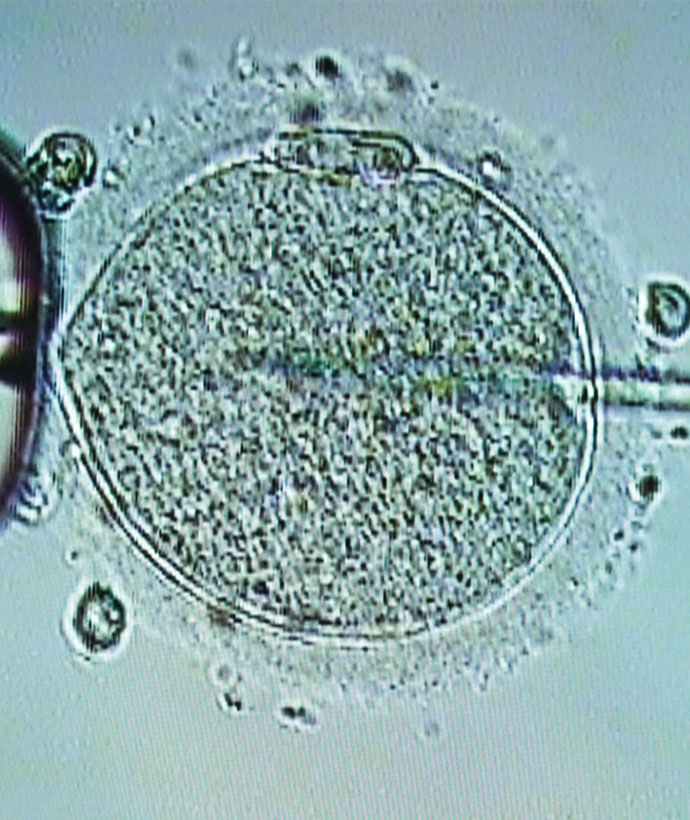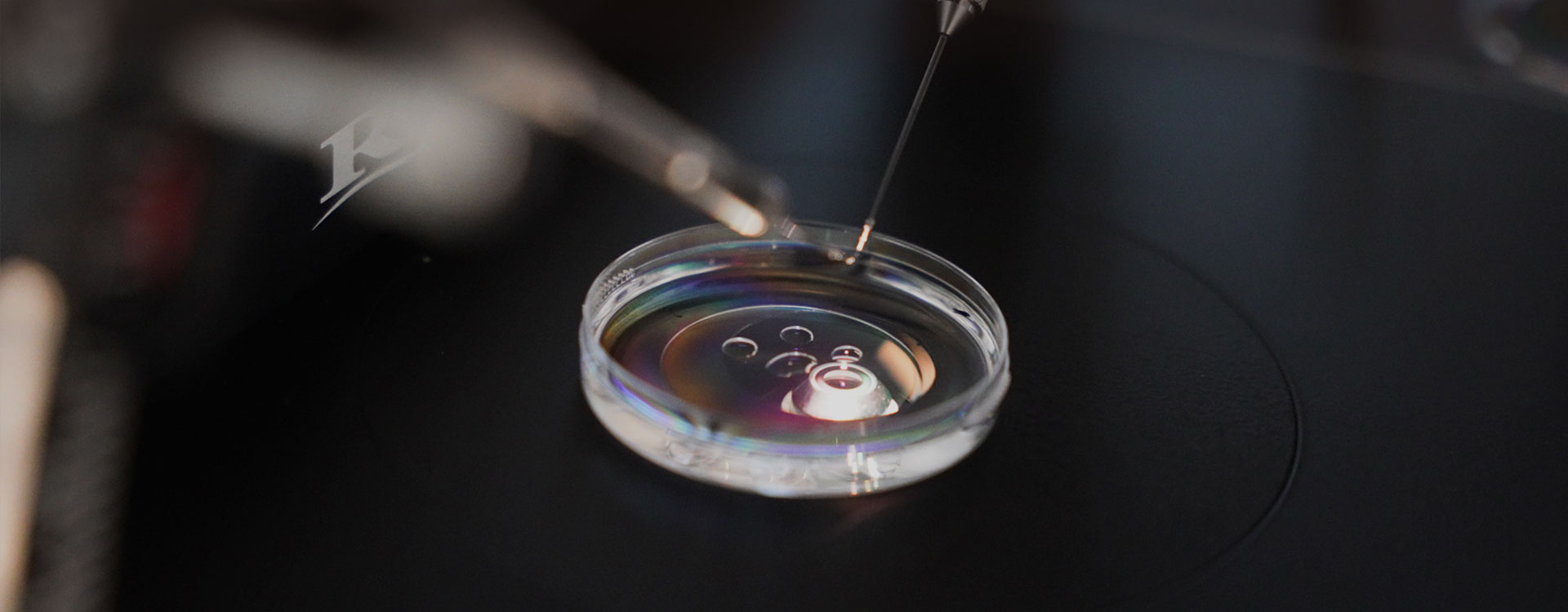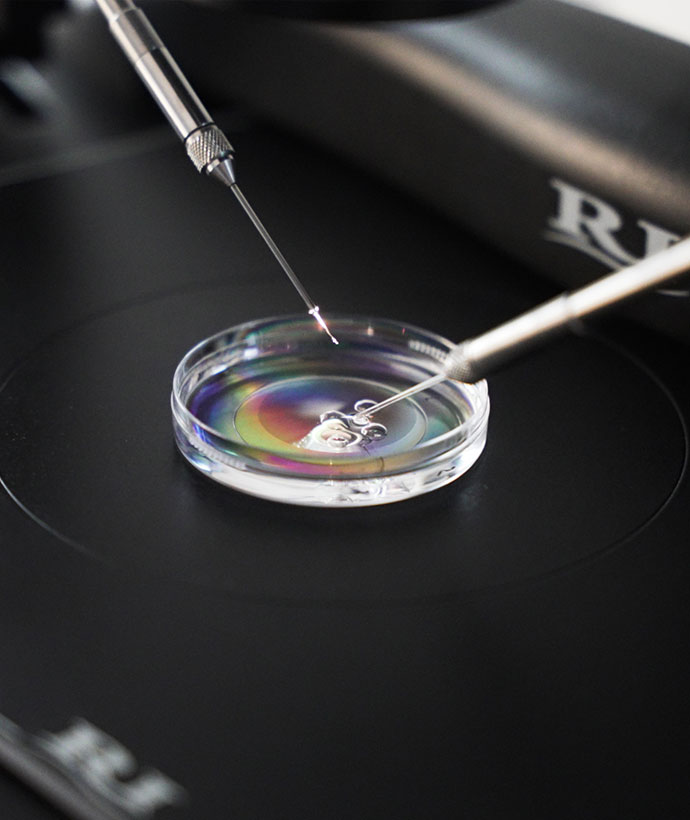
Short protocol:
You start treatment on day 2-3 of your cycle (usually with injections) and usually take the stimulation for up to 2 weeks.
Natural / Mild Stimulation:
Here you get a low stimulation dose, because with a high dose of the hormone no more egg cells are to be expected.
Eligible for:
- Women > 42 years
- Women with low AMH < 5 pmol or AFC < 4
- Women with previous normal IVF x 3-4
- Women who want low-hormone stimulation
Long protocol:
The woman’s own hormone production is regulated down with medication (either with the help of a nasal spray or injections for 2 weeks before the start of the stimulation), after which the stimulation of follicle formation is started for about 10 days with the hormone FSH (with injections).
Eligible for:
- Women who have not had a positive result with brief/light stimulation
- Women with endometriosis or other autoimmune diseases


